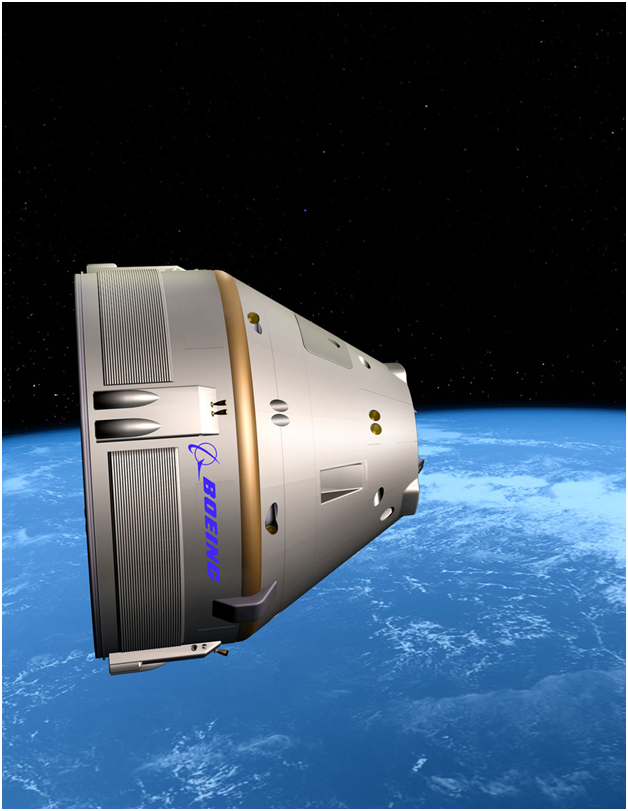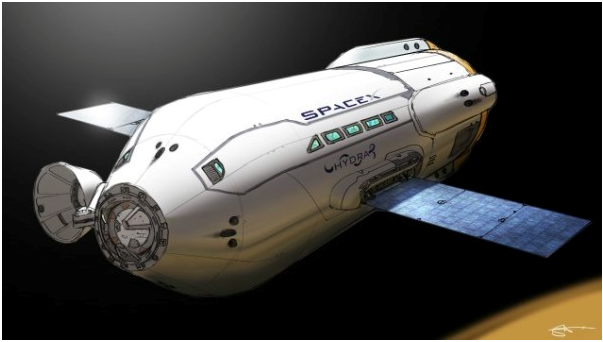My last post was an introduction to asteroid mining. I had intended to continue with that subject but there has been a bunch of space related stories in the last week so I thought I would explore some of those before returning to asteroid mining.
The United States space shuttle program ran from 1981 to 2011 with a total of one hundred and thirty one flights. The Shuttle was a partly reusable spacecraft that could launch manned space missions that could deploy satellites. It was also used to ferry astronauts and supplies to and from the International Space Station. The Shuttle was attached to boosters and launched vertically. The Shuttles landed on runways in either California or Florida at the end of their missions. There were five Shuttles in all. Two of them were destroyed in accidents, the Challenger in 1986 and the Columbia in 2003. The last flight of a U.S. Shuttle took place on July 21, 2011.
Since the end of the U.S. Shuttle program, the U.S. has had to rely on Russian launch vehicles to ferry U.S. astronauts to and from the International Space Station. The U.S. government has been working on developing another reusable spacecraft since the Shuttle program ended. A number of major aerospace companies have been competing for federal funding for their spacecraft projects. Since the Russians seized the Crimea, there has been building tension between the U.S. and Russia which might interfere with U.S. access to the International Space Station.
It has just been announced that Boeing and SpaceX have been awarded the coveted Commercial Crew Transportation Capability contract to provide NASA with the capability to send up to seven astronauts and supplies to the International Space Station as well as for other missions. Although these two companies will provide shuttle services for NASA, other companies are still working on systems that could also be used ferry astronauts.
Boeing will receive four billion two hundred million dollars to develop the CST-100 spacecraft. The CST-100 is about fifteen feet in diameter and sixteen feet in length. It will be able to say in orbit for up to seven months and each CST-100 will be able to fly up to ten missions. The CST-100 will be launched on Atlas 5 rockets. The Atlas 5 rockets will be built and operated by the United Launch Alliance which is a joint venture between Boeing and Lockheed.
SpaceX will receive two billion six hundred million dollars for the development of its Dragon V2 spacecraft. The Dragon V2 is about twelve feet in diameter and twenty feet in length. It will be able to say in orbit for up to seven months and each CST-100 will be able to fly up to ten missions. The Dragon V1 flew its first orbital mission in December of 2010. It was the first commercially launched spacecraft that achieved orbit and was successfully brought back to Earth. Dragon V1 spacecraft have already ferried supplied to the International Space Station. Dragon spacecraft are carried into orbit by the SpaceX Falcon rocket.
It is hoped that the U.S. will again have the ability to launch astronauts and supplies into space on a reusable spacecraft within two years.
Boeing CST-100:
SpaceX Dragon V2:

